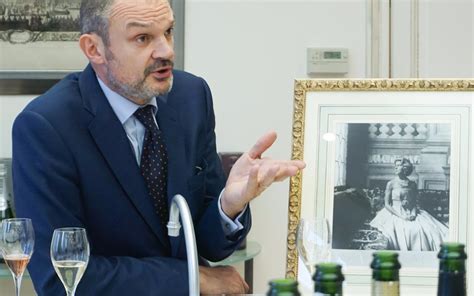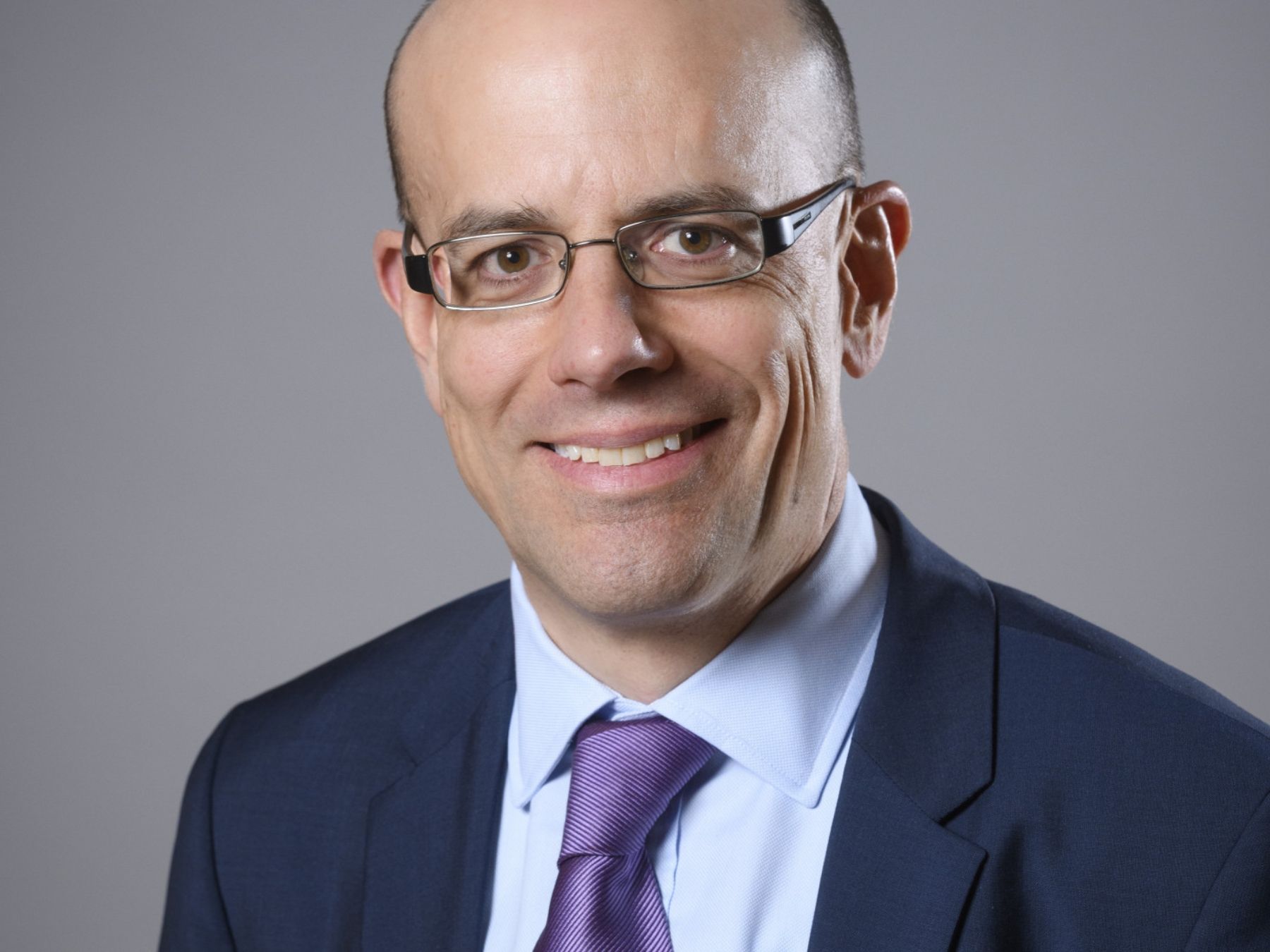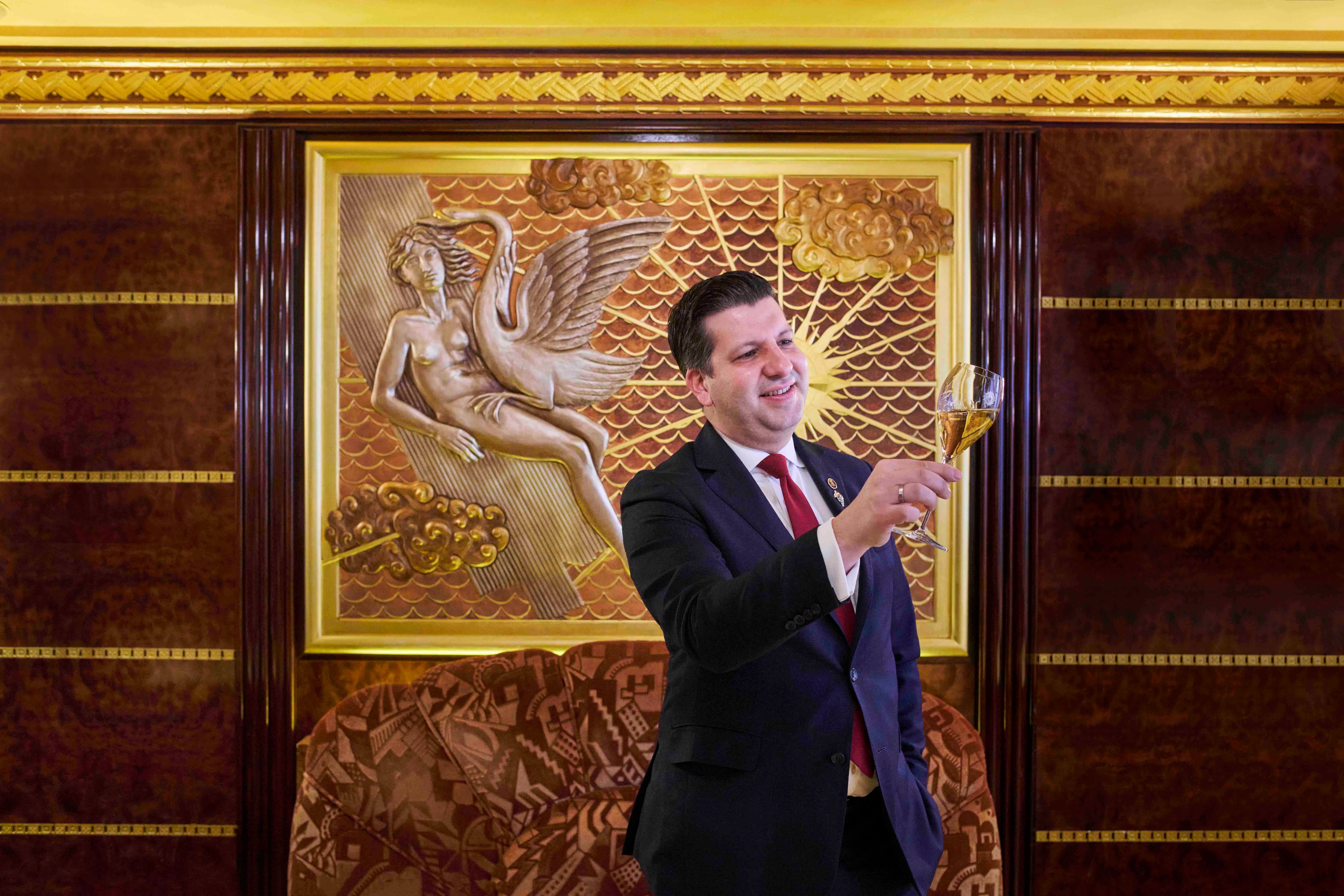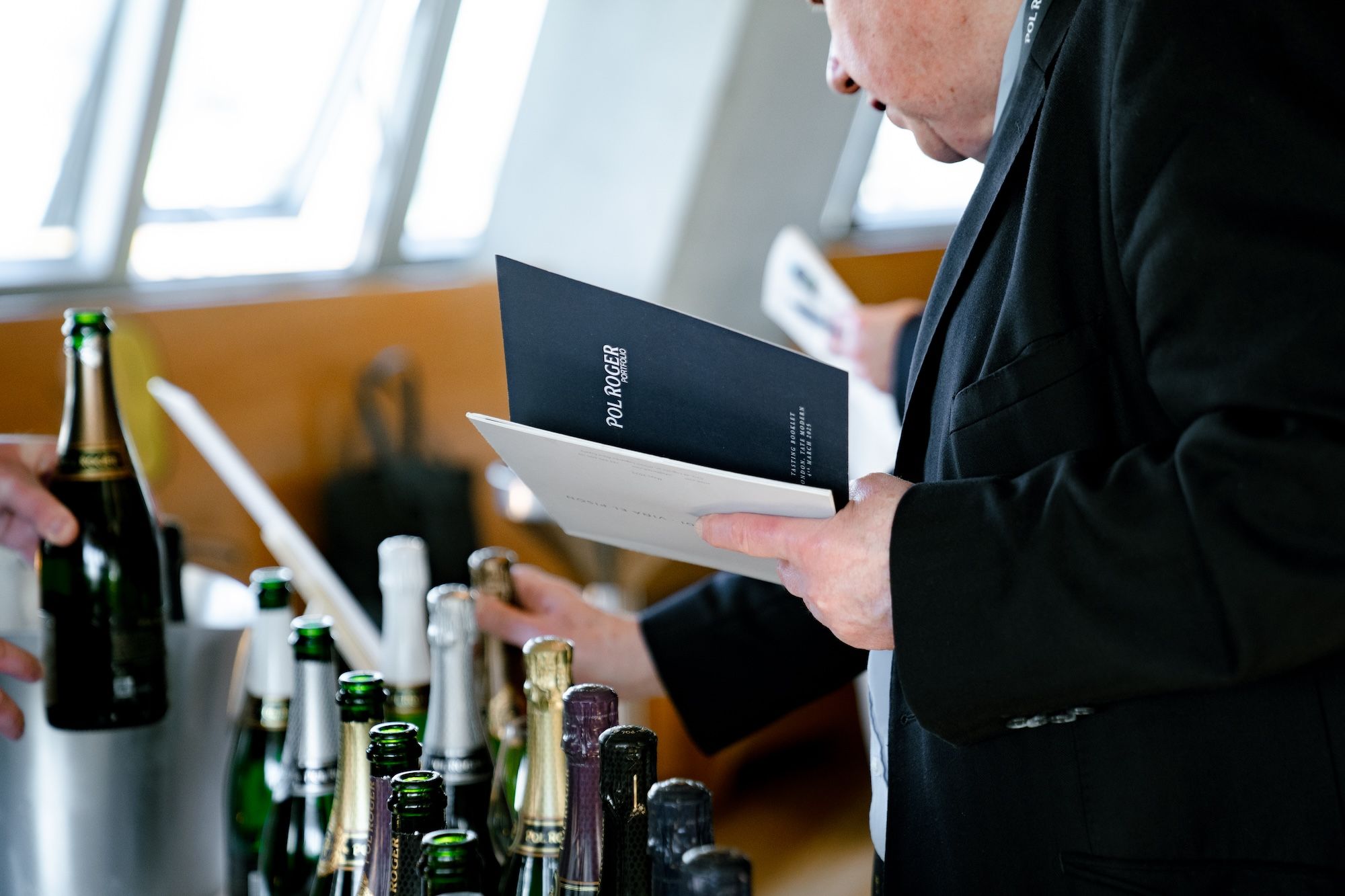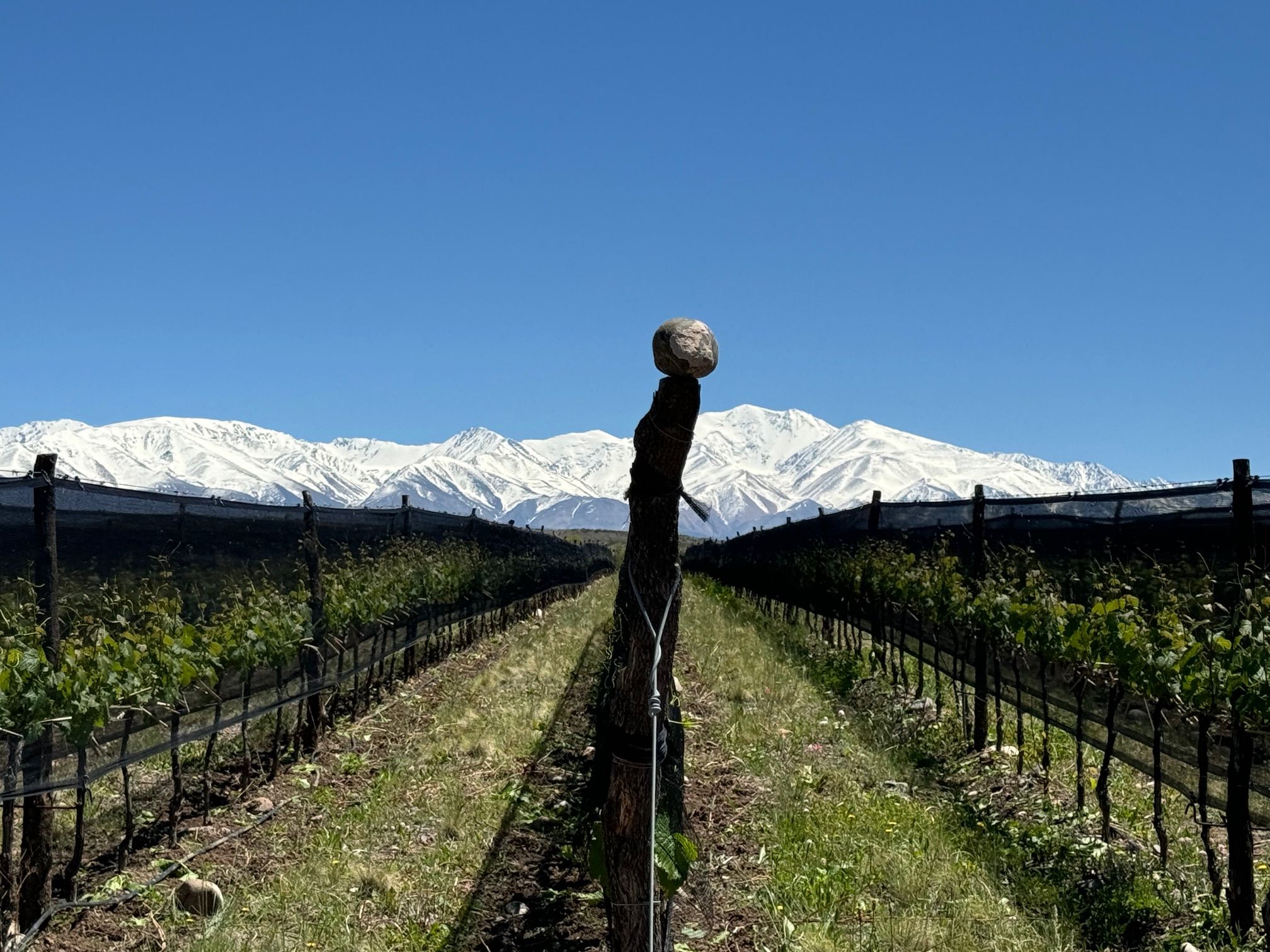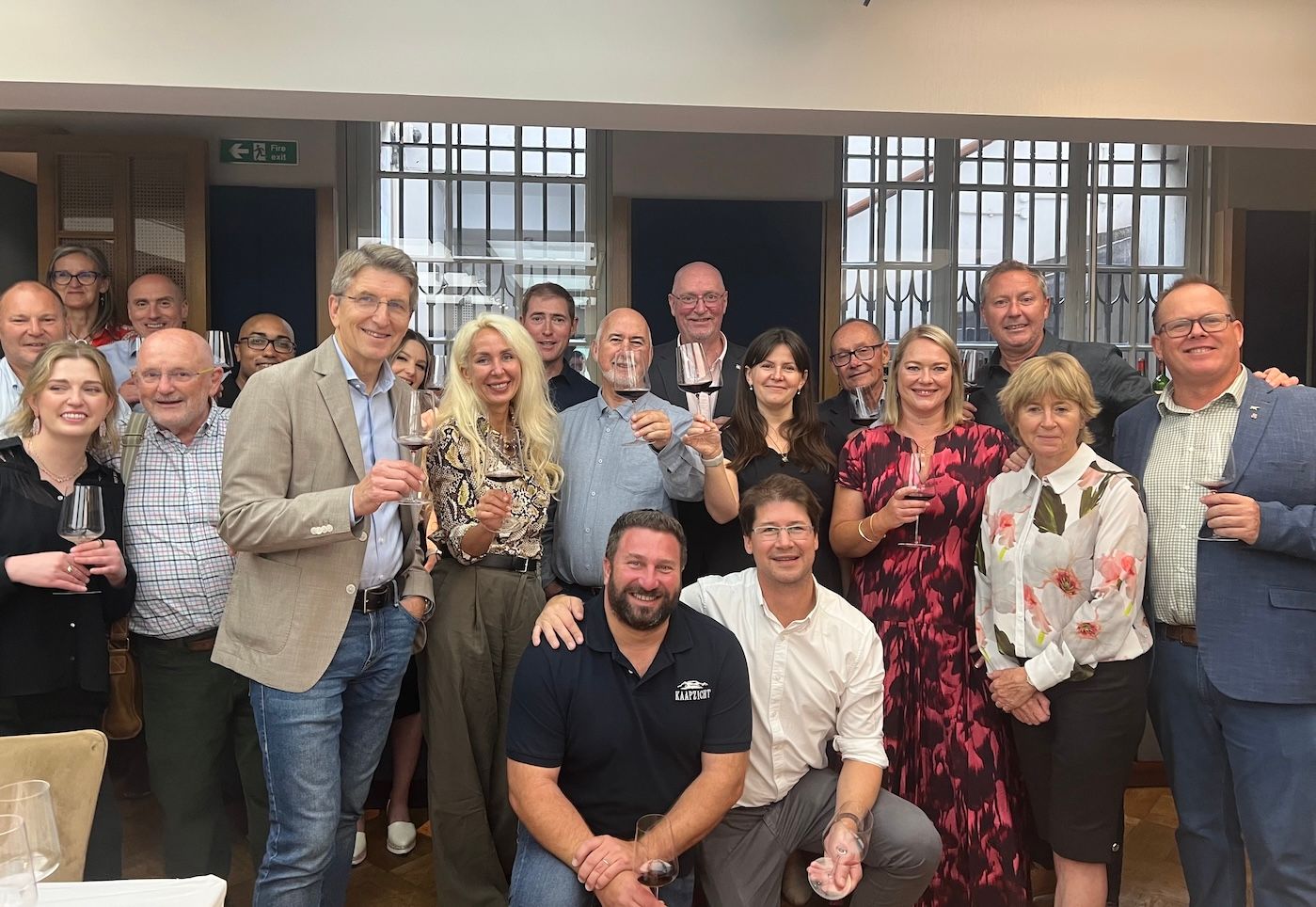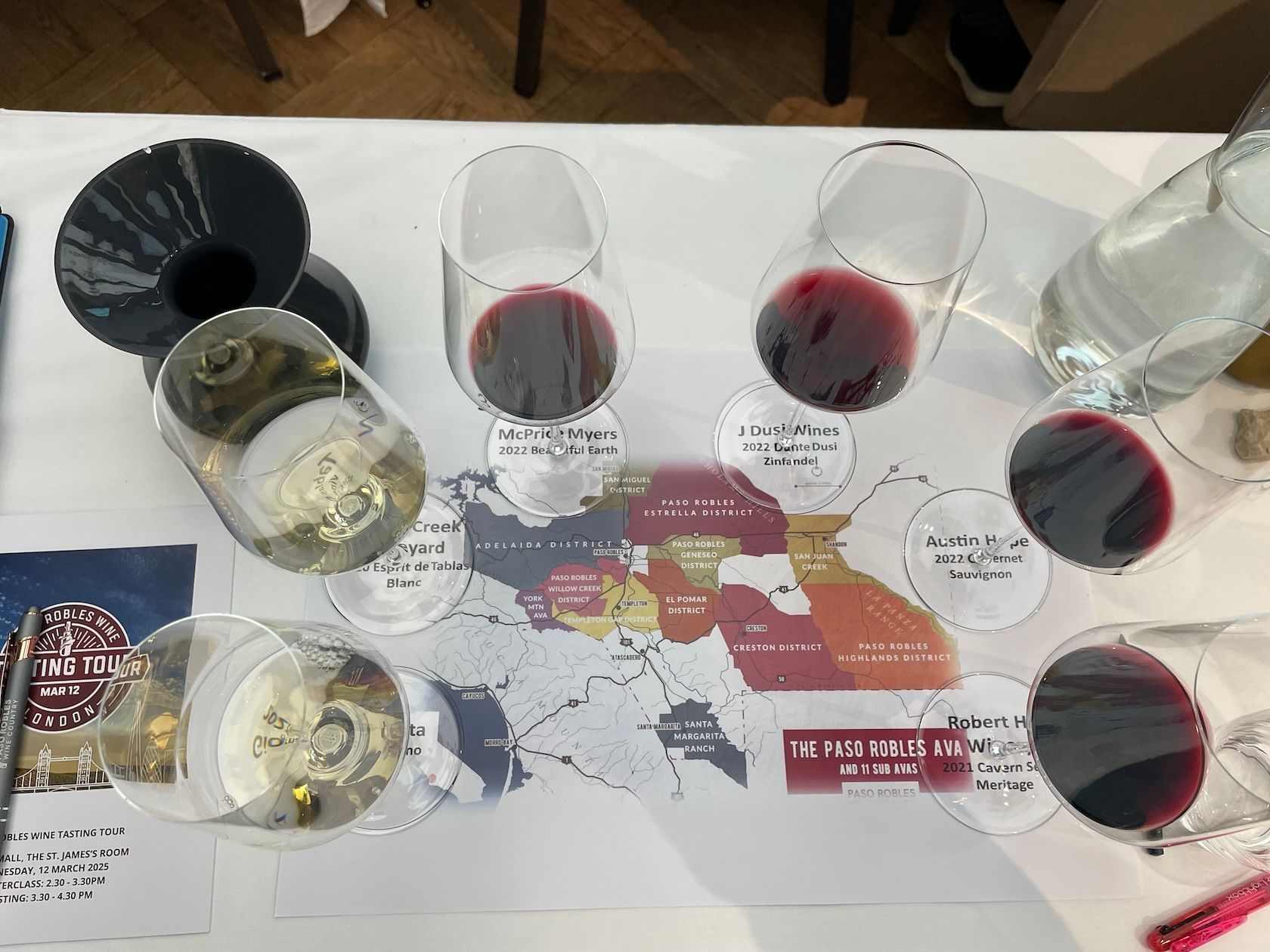Looking after a brand with the history and worldwide reputation of Pol Roger is quite an undertaking and one that Laurent D’Harcourt says rests on understanding and committing to the Champagne house’s long standing values.
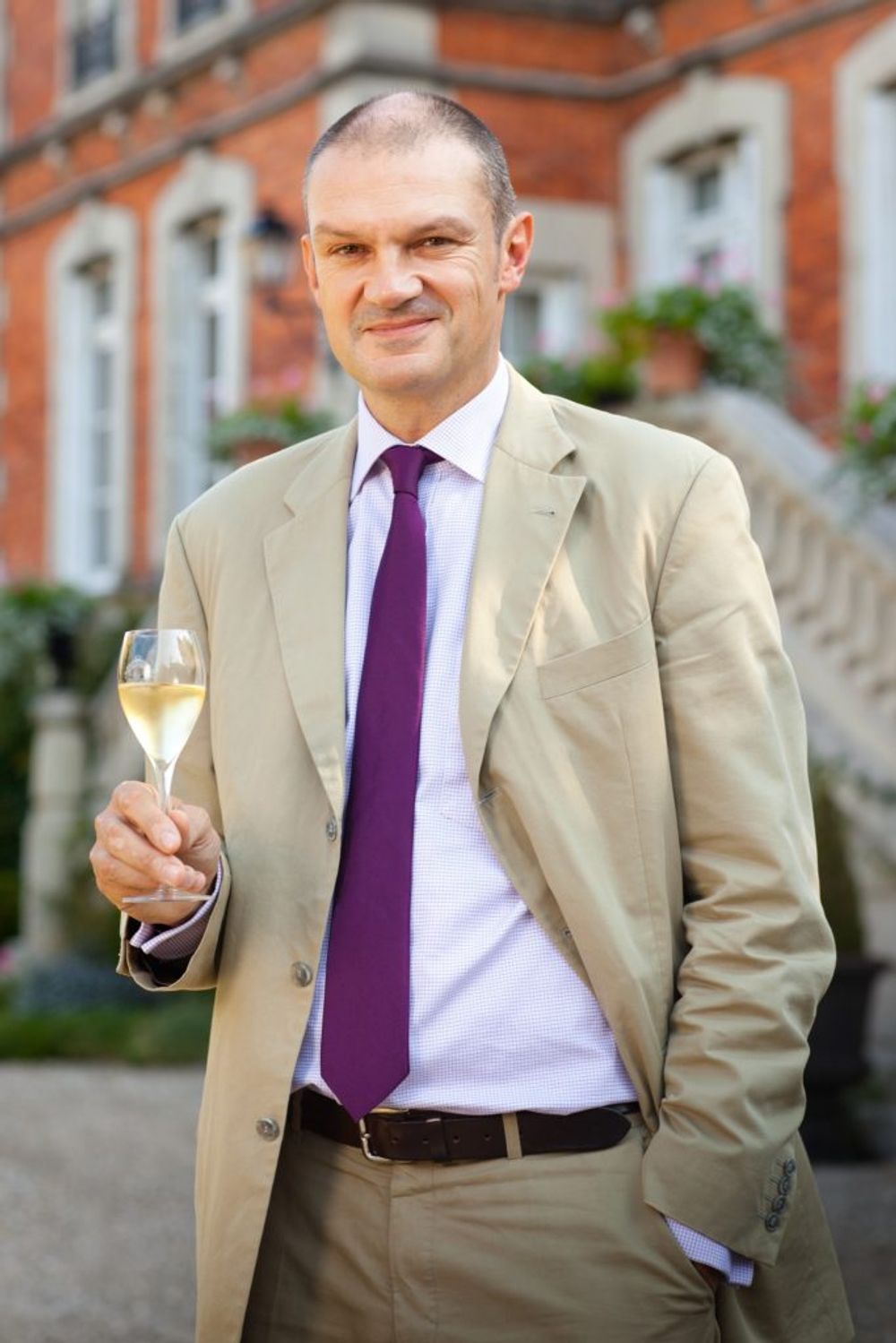
Laurent D’Harcourt says a key part of his job is to control allocations rather than build volumes
Regardless of how you voted in the last General Election, arguably the most suitable drink for the occasion would have been Champagne house Pol Roger’s most prestige label, the Cuvée Sir Winston Churchill. Not only is Prime Minister Boris Johnson a longtime admirer and biographer of Churchill, the great man himself was often heard declaring Napoleon’s tribute to Champagne as: “In victory, deserve it. In defeat, need it!”
Pol Roger’s long association with Sir Winston Churchill, which dates back to 1908, is as welcome and relevant today as it has always been, says the house’s president, Laurent d’ Harcourt. So much so that the company’s address was changed in 2011 to 1 rue Winston Churchill, 51200 Épernay, France.
It also still resonates around the world and has certainly helped opened doors for Pol Roger in a number of new markets. D’Harcourt sees it as a “pillar” that all markets can get behind.
The Churchill association is also still helping to drive new ideas and innovation for the house. D’Harcourt is particularly pleased, for example, by the impact the introduction of the Pentland Winston Churchill Design Competition has had, which was first introduced in 2014 and then run once more in 2019.
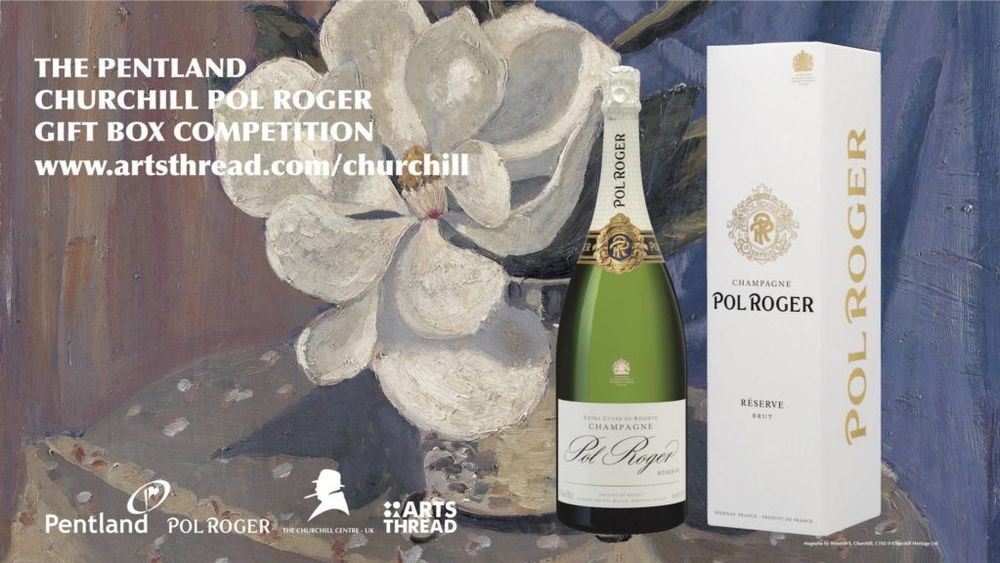
The Winston Churchill is kept alive and relevant with innovations like the Pentland Winston Churchill Design Competition
The recent competition, which is run by Pentland in collaboration with Champagne Pol Roger, The Churchill Centre and Arts Thread, invited design students the opportunity to design the packaging for a limited-edition Magnum of Pol Roger Brut Reserve, using art that celebrates the paintings of Sir Winston ChurchillIn 2019 the competitionattracted more entries, from different countries, than ever before and has proved a great platform to not only recognise new design talent, but also helps keep Pol Roger’s Churchill connection fresh and interesting.
“We want to find new ways that we can pay tribute to our best ambassador,” said D’Harcourt. Every new vintage, for example, is always presented to the Churchill family and only released with their blessing.
There are also golden opportunities that come up that are out of Pol Roger’s hands, but are clearly enormously welcome. Like in 2018 and Gary Oldman’s Oscar-winning portrayal of Churchill in the internationally acclaimed Darkest Hour.
Then there is the Royal Family’s love affair with Pol Roger that first dates back to being issued with a Royal Warrant in 1877. The connection is still very much alive today with Pol Roger Brut Réserve Non Vintage Champagne being served at both the weddings of Prince William and Prince Harry.
International growth

Hong Kong, Singapore and across Asia are all strong markets for Pol Roger around the world
The UK remains Pol Roger’s biggest export market by volume,. In terms of new and emerging markets, D’Harcourt picks out Australia for particular mention, along with areas of Asia, most noticeably in Japan, which is now its third biggest market by value. “Singapore and Hong Kong are also very good markets for us,” he says.
Such is the demand for Pol Roger Champagne that all its wines are only available on “strict allocation” which D’Harcourt concedes “can be frustrating for some of our partners”.
But it is a crucial part of the house’s export and growth strategy, he stresses. It actually does not want to grow too fast, despite new demand from around the world. The challenge is balancing that demand with its carefully controlled volumes, he explains.
“It’s very important for us to have diversity in the markets we work in. Which is why it is good to see the demand coming through from countries like Australia. We are also seeing good growth in Canada, Italy, Germany and Switzerland.”
Then there is also its strong domestic market which takes 13% of its production.
D’Harcourt says it also has to be very mindful of the overall global market for Champagne that has seen a slump to what is reported to be its lowest exports figures, 297.4 million bottles in 2019, since the global financial crisis of 2008.
It’s within that context that it’s important for Pol Roger to keep firmly to it quality traditions and to keep reinforcing them both with the trade and with consumers. “We clearly want to see growth, but ithas to be controlled growth,” he says. “We are happy to grow just a couple of points a year, but rather in value than volume.”
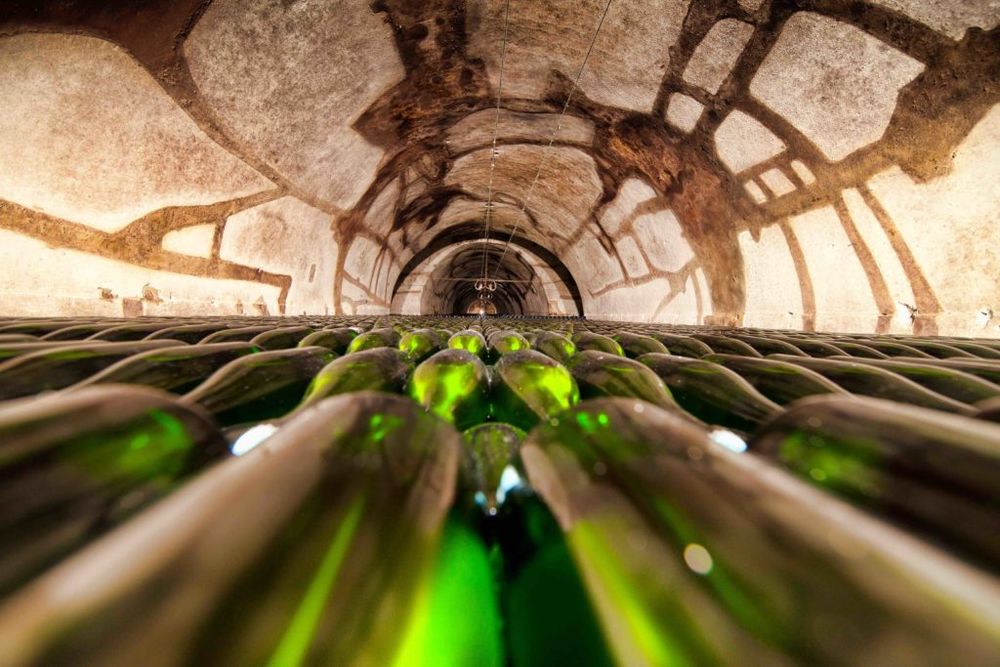
Pol Roger has to manage its allocations and demand around the world
Higher quality
It’s also why Pol Roger is concentrating more of its efforts on trying to increase the sales and profile for its Grand Cru and Premier Cru grape levels and not to be sucked into any pressure to discount its wines.
D’Harcourt says he a “lot of respect” for all the major Champagne houses, but he does not want to “fight with them” over price.
Pol Roger’s ability to step outside the cut and thrust of the promotional Champagne market also lies in the fact it controls around 50% of its production, across 34,000 hectares, through a network of growers that on average only have two hectares each. It’s those long term relationships it has with its growers that is crucial to its future, stresses D’Harcourt. It is also it is able to source larger volumes of Grand Cru grapes.
“To get access to more Grand Cru grapes we have to work with our growers very closely,” says D’Harcourt.
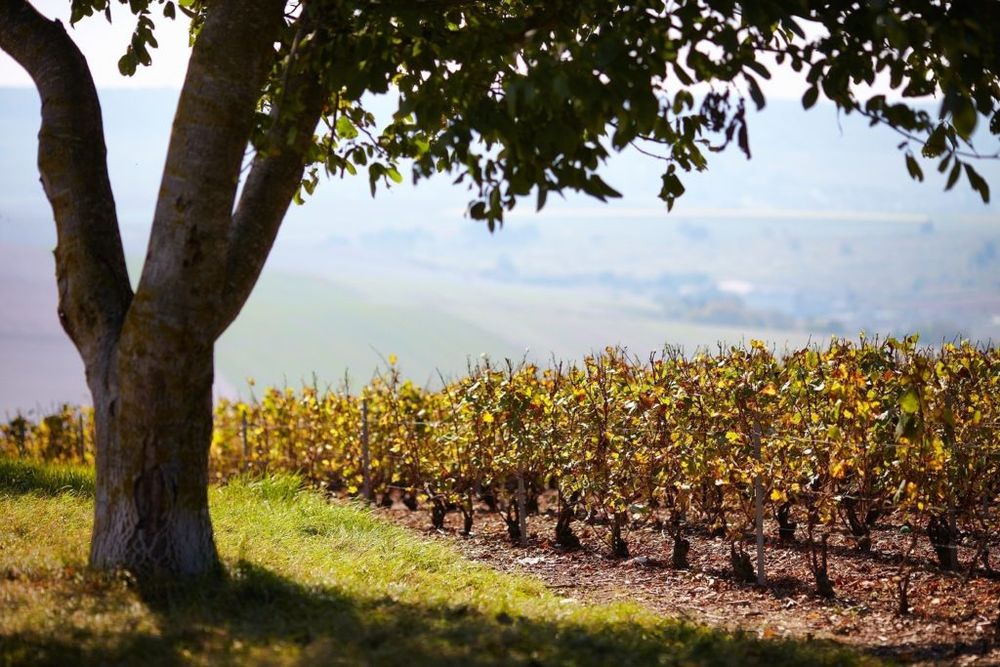
Having access to the best vineyards in the region are key to Pol Roger’s continued success
Stronger distribution
Pol Roger is also one of the few Champagne houses that manages its own distribution in the UK through its own dedicated division, headed up by James Simpson MW, which has also now established a wide agency business with a strong portfolio of wineries from around the world.
This now includes leading names such as Grand Tokaj in Hungary,Abreu, Staglin Family Vineyard in Napa, Burgundy negociant, Maison JosephDrouhin, and Bodegas Artadi in Rioja as well as whisky single malt, Glenfarclas.
It is having that proximity to the market, feet on the ground approach that is so important to Pol Roger, says D’Harcourt. That invaluable local knowledge which Pol Roger has had since it set up its UK company in 1990. “It gives us an advantage to know the right people in the market,” he says.
Equally it wants to work with the right kind of producers it knows are a good fit for Pol Roger. D’Harcourt explains: “We want to share our values with them. But these are also producers that are on a par with Pol Roger in terms of quality.”
That attention to detail is also important when it comes to listings. There is no pressure or desire to be listed in every possible premium outlet.
“We want to be in the best restaurants, but we don’t want to have to pay to be in them,” he adds. “We don’t want to be a house Champagne, we want to be second or third on the list.We like to have partners that are our friends.”
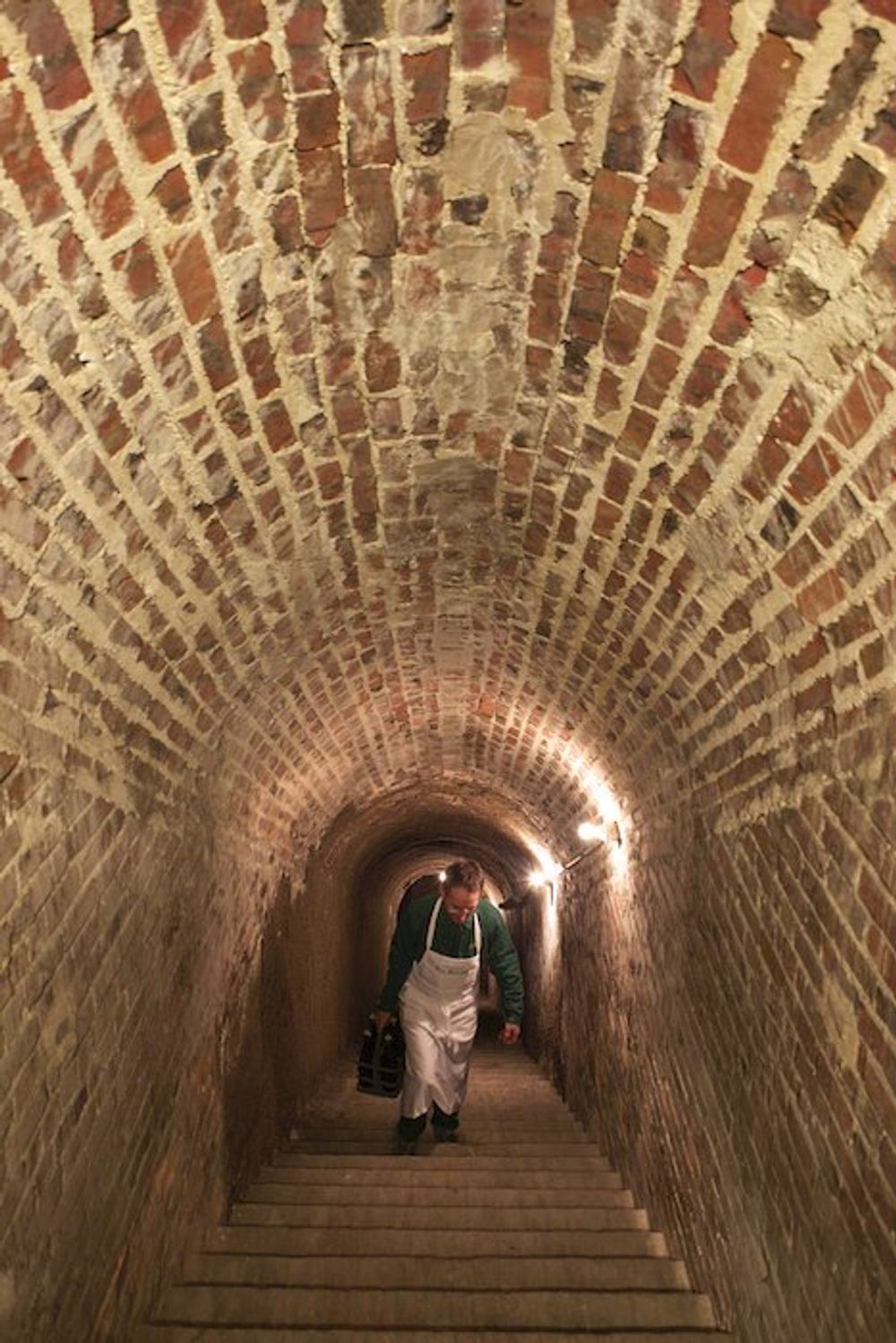
The history and traditions of Pol Roger are all part of its magic
The UK model certainly works well for its biggest market, but is not suitable for all the areas it works in. The key, he adds, is to find “find professional distributors” that fully understand its principles and values and will only work within them. That’s how it ensures there are not cheap bottles of its wines in distribution.
“It is the most important thing we do. We have to protect the brand,” he stresses. “It is very important to have the right distributor.”
Which for most markets means Pol Roger is not just the only Champagne that distributor has, but “Pol Roger is a cornerstone that reflects the quality of their business,” he explains. “We don’t work with people who have a number of Champagnes.”
It means it has built up long-standing relationships with its overseas partners. “If we find the right one then we are very loyal to them,” he adds.
Quality over quantity
He accepts Pol Roger’s footprint in the world of Champagne is actually very small considering the share of voice and awareness there is for thebrand. Like in the UK where it might have sales of28,000 dozen bottlesbut that is only 1.3% of the market.
He says its approach is to treat the market as “fairly” and with “as straight a bat” as it can. If its distributors and customers work to their allocation one year, then they will get the same the following year.
“It’s why we have built up such a strong network of independent wine merchants,” he says.
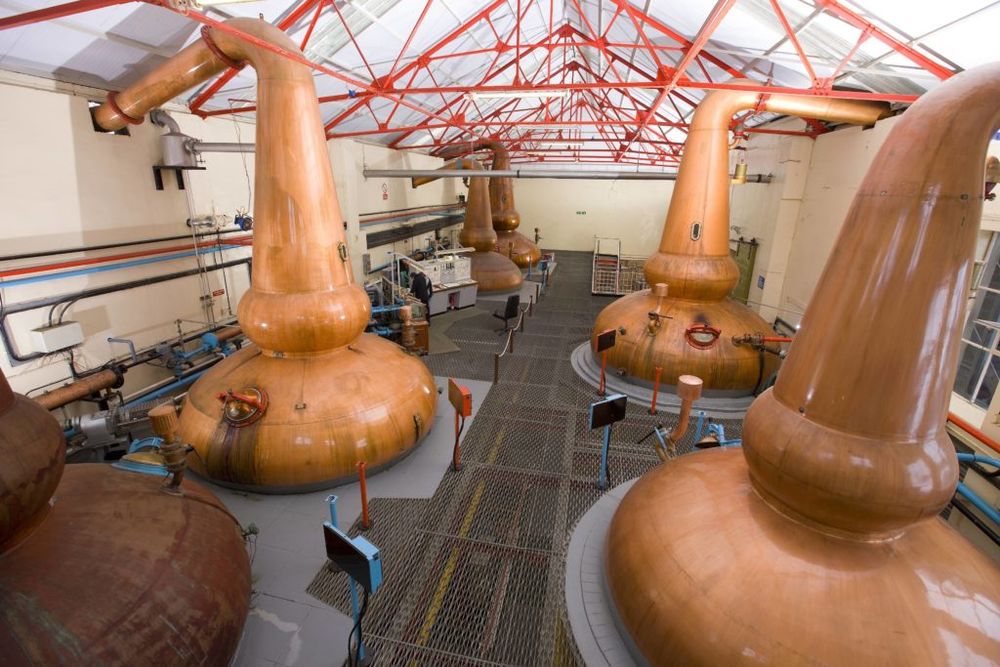
The Pol Roger UK business also includes partnerships with brands such as Glenfarclas that allows it to build stronger ties with its on-trade distributors and customers
It’s also why and how it only releases vintages when the time is right and will sit on its wines before releasing them to the trade. When it does its customers know they can expect a super premium product. The current vintage, for example, in the market is the 2012.
“It takes us a long time to produce a bottle of Pol Roger Champagne,” says D’Harcourt, who actually claims it is harder for the winemaking team to produce a non-vintage Champagne as there are so many more factors to consider, be it the style and exact blend you use.
It’s why it also produces slightly different cuvées to suit the tastes of different markets. The UK, for example, has six more months of ageing before being released compared to other countries as the “more mature” taste is very much the British palate, he explains.
And if anyone is going to know what wines the great British public want to drink then Pol Roger is so well placed to know.
